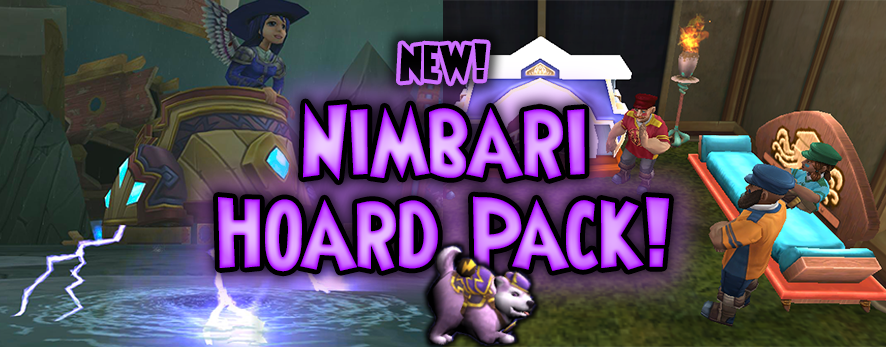Tag: spells
-
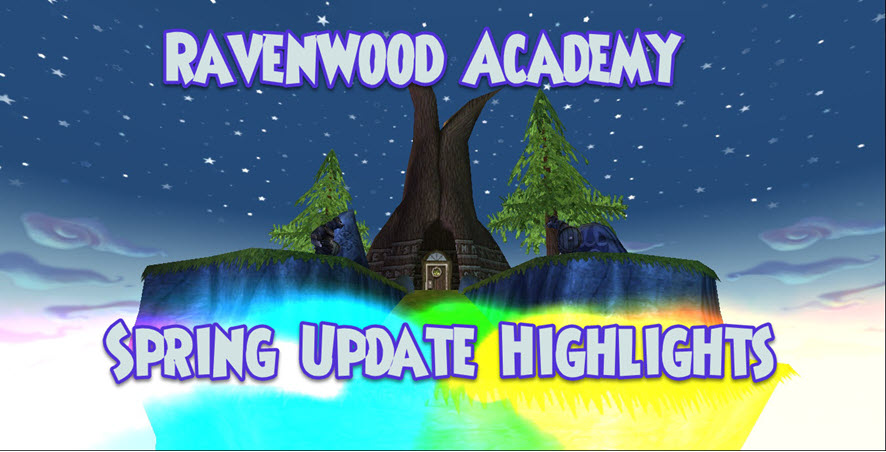
Spring Update Highlights
•
Greetings, Wizards of the Spiral. As we prepare for the Summer here at Ravenwood Academy, we’d like to highlight some of our favorite changes from the Spring 2021 Test Realm. Without further delay, let’s begin! New Skeleton Key Bosses Two new Skeleton key bosses have arrived in Grizzleheim and Karamelle.…
-
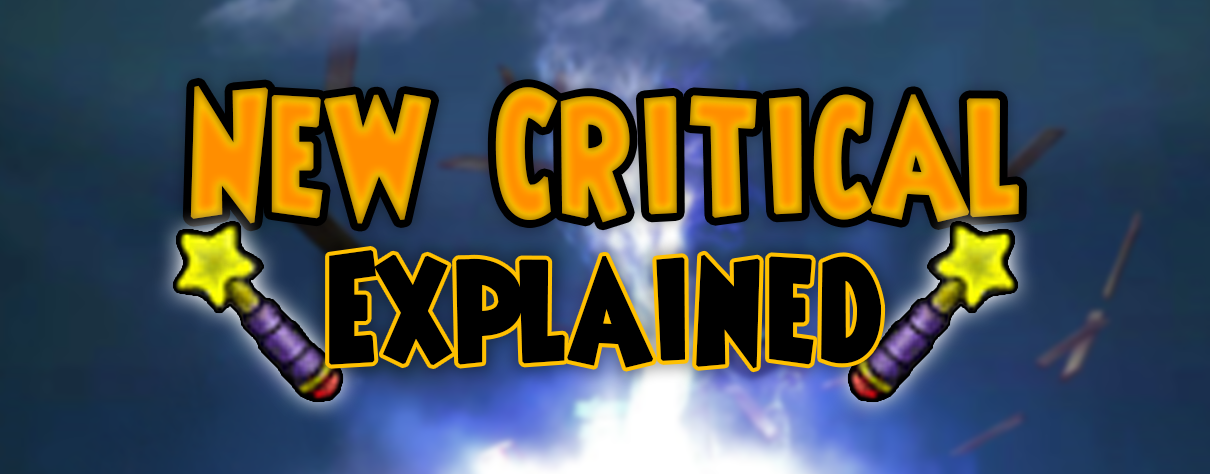
Critical Changes Explained
•
The New Critcal System Explained Hello Wizards, Nathan Shadowbringer, and Scot Moonshade here! We’re going to explain the recent changes to Critical and Block. Today’s article will revisit the previous age’s Critical and delve into the new system. We will examine the formulas to calculate your Critical Chance and damage…
-
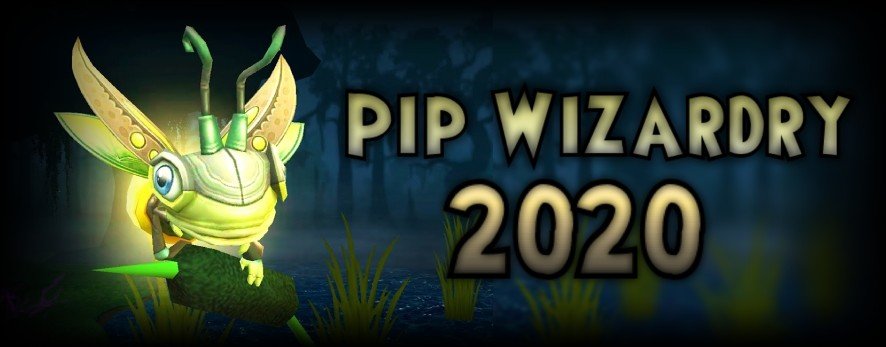
Pip Wizardry 2020
•
Pip Wizardry 2020! Hello Wizards, this is Nathan Shadowbringer here to help you calculate the actual damage of spells per pip! This article will be updated if spell changes happen down the line. Eventually, I plan for this list to include even Loremaster and crafted spells. We will start with the highest…
-
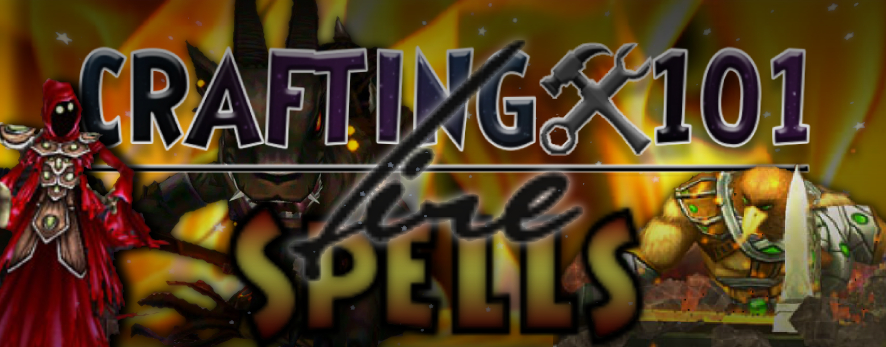
Crafting101 – Fire Spells
•
The Basics Have you ever wanted to get a spell, but did not want to spend hours farming for it? Well, then you came to the right place! Today I will be going through the basics on how to craft the Fire spells dropped by Loremaster. Requirements …
-
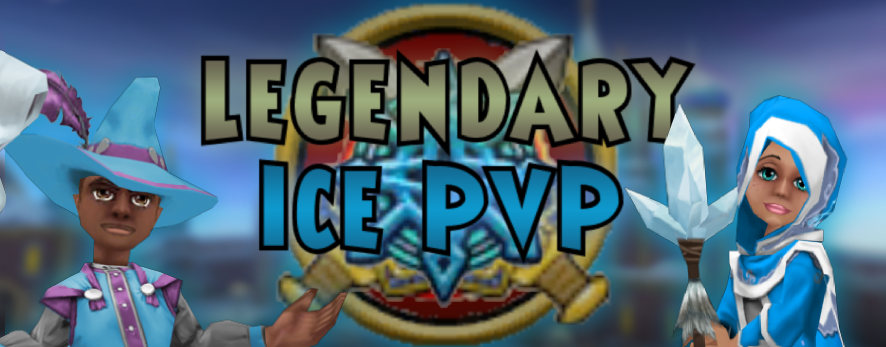
Legendary Ice PVP
•
Today’s topic is going to be pretty chill as we get into Legendary Ice PvP. The best level for Legendary Ice is definitely 66. My character was level 66 for the purposes of this article. Now, why Legendary ice? As ice you have loads of health a lot of resist…
